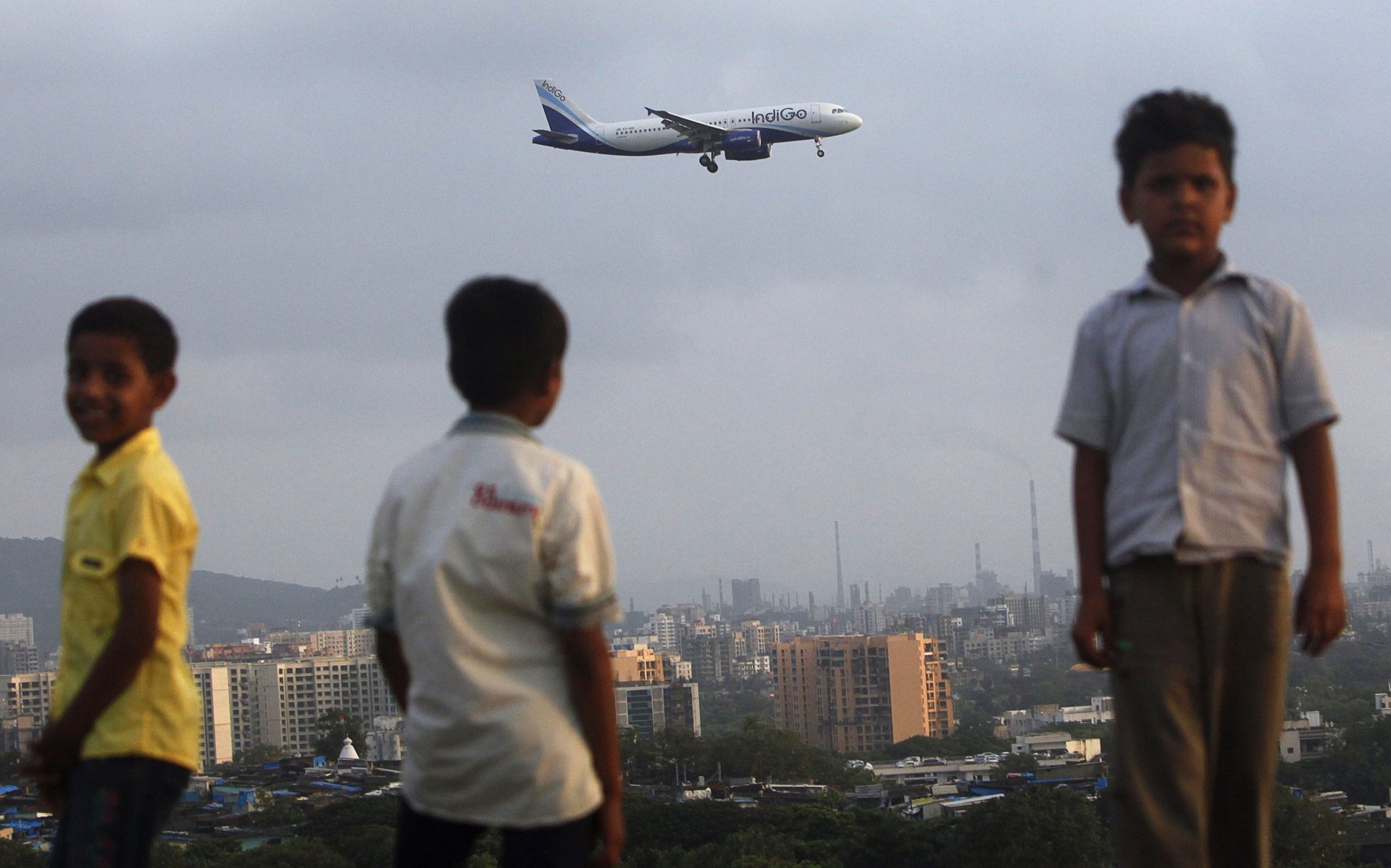Donald Trump’s Iran threat is the last problem Indian flyers want to deal with
Six months into 2019, Indian flyers are still waiting for their year to take off. But it may only nosedive.


Six months into 2019, Indian flyers are still waiting for their year to take off. But it may only nosedive.
The country’s aviation sector faces a whole host of troubles, including rising fares, shortage of flights, and increasing travel duration due to various reasons.
“The turbulence over the past few months is a result of various factors which have reduced the number of operational flights in Indian skies and, as a result, increased the price of air travel,” said Balu Ramachandran, senior vice-president of the Mumbai-based travel portal Cleartrip.
Disastrous first half
Trouble began early in the year when over 20 flights per day were cancelled in February due to a shortage of pilots and bad weather. Things spilled over into March when sector regulator directorate general of civil aviation (DGCA), along with counterparts in many countries, grounded the Boeing 737 MAX 8 aircraft due to safety concerns.
Flyers also bore the brunt of an incessant rise in fuel prices.
However, the real nightmare came with the shutdown of India’s oldest private airline, Jet Airways, in April. Its decision to halt operations sparked panic and confusion among flyers, many of whom are still awaiting refunds and seeking help on social media.
Troubles to continue
There is no end in sight for travellers’ woes. So much so that, growth in air traffic has slowed down considerably.
“The number of air travellers in India registered a year-on-year increase of 2.62% between January and May 2019, growing from 57 million to 58 million. This is a steep slowdown from the 15-20% growth in many previous quarters,” said Ramachandran.
Now, there is fresh trouble on the horizon.
Rising geopolitical tension between the US and Iran has begun to affect Indian aviation. “All Indian operators, in consultation with DGCA, have decided to avoid the affected part of Iranian airspace to ensure safe travel for the passengers. They will re-route flights suitably,” said the DGCA on June 23.
The decision will force flights to take longer routes and increase fares even more, believe industry experts.
“At present, average fares have increased by 27%, especially on routes like Mumbai-Newark and Delhi-Newark due to current suspension and re-routing of flights to avoid Iranian airspace,” Aloke Bajpai, CEO and co-founder of the Gurugram-based travel portal, ixigo told Quartz. “If the travel ban is lifted, airfares in July and August are expected to dip by 15-20%.”
The DGCA’s decision to avoid Iran’s airspace will not just impact flyers but airlines, too.
IndiGo, India’s largest carrier by passengers flown, said it is looking at alternative routes to west Asia, while national carrier Air India has been forced to take longer routes to Europe and the US. The ban will add to the latter’s financial burden. The state-owned firm has already sustained losses of around Rs300 crore in March and April this year due to the closure of Pakistan air space following an air strike by the Indian Air Force on a terror camp in that country on Feb. 27.
US-based United Airlines has suspended flights between New Jersey’s Newark airport and Mumbai as the aircraft would have to fly through Iranian skies, reported Reuters. More international airlines might follow the suit.